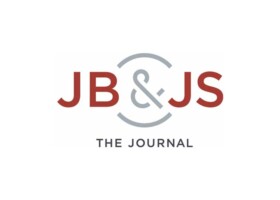
Authors:
Jonas Pogorzelski, Jonathan A Godin, Erik M Fritz, Mark E Cinque, Jorge Chahla, Johnny Huard, Peter J Millett
Abstract:
The major pathological conditions affecting the shoulder that are treated with use of biological applications include focal cartilage lesions and rotator cuff tears. Biological modalities that previously have been used or investigated include platelet-rich plasma (PRP), growth factors, progenitor cells, bone-marrow stimulation, autologous chon- drocyte implantation (ACI), matrix-induced ACI (MACI), and biological scaffolds.
Marrow-stimulating procedures have been reported to yield positive results when used for the treatment of focal cartilage lesions of the glenoid or humeral head. Limited data are available on the use of PRP, ACI, and MACI for the treatment of chondral lesions involving the shoulder, and therefore no conclusions can be drawn regarding the efficacy of these modalities.
Preclinical and in vitro studies have demonstrated that modulation of growth factors may be helpful for rotator cuff tear healing; however, the optimal modulation and delivery vehicle remain to be elucidated. PRP has received much research attention; however, most studies have been hindered by study setup and conflicting results. Therefore, the use of PRP to enhance rotator cuff healing remains controversial. Progenitor cells have shown positive results in a small number of preclinical and clinical studies, but further research is needed before conclusions can be drawn.
In summary, basic-science studies investigating biological factors to enhance healing in the shoulder have shown potential. However, clinical data are still limited, contradictory, and controversial. Additional research is needed. Most importantly, robust, consistent, well- powered clinical trials are necessary to definitively determine which methods improve clinical outcomes.
For the complete study: The Use of Biological Approaches in the Treatment of Shoulder Pathology
